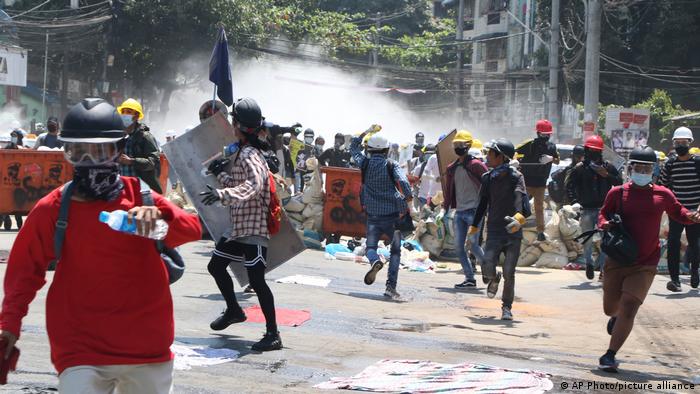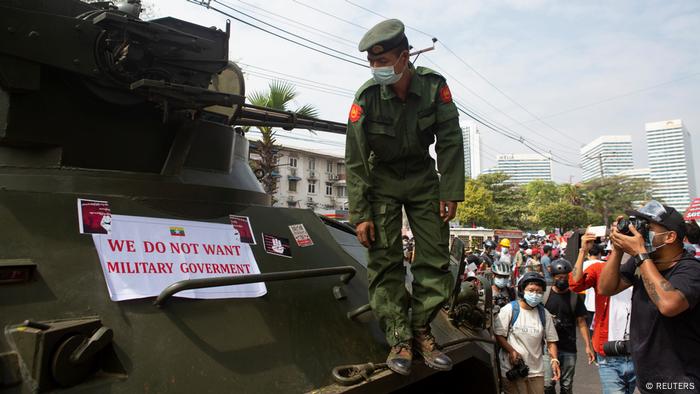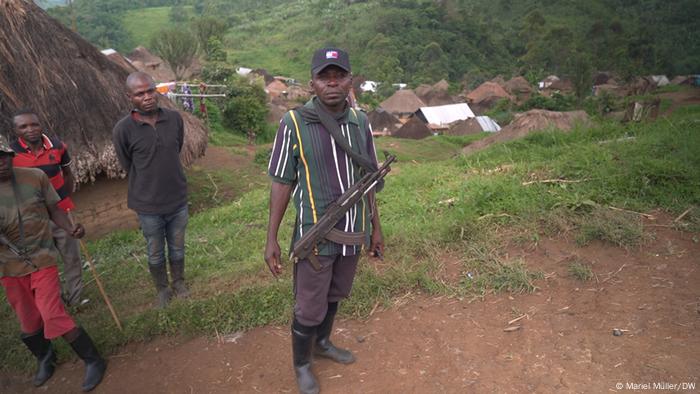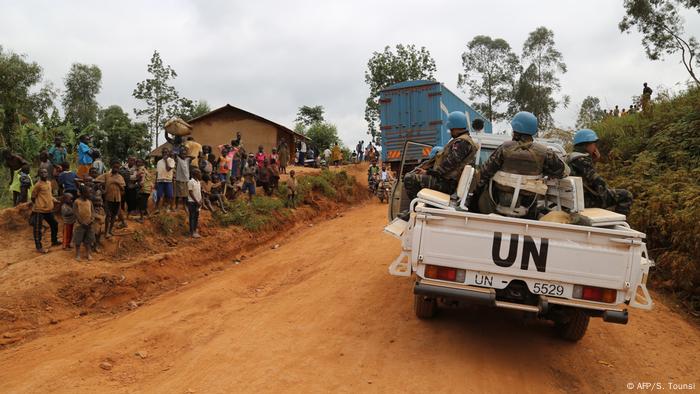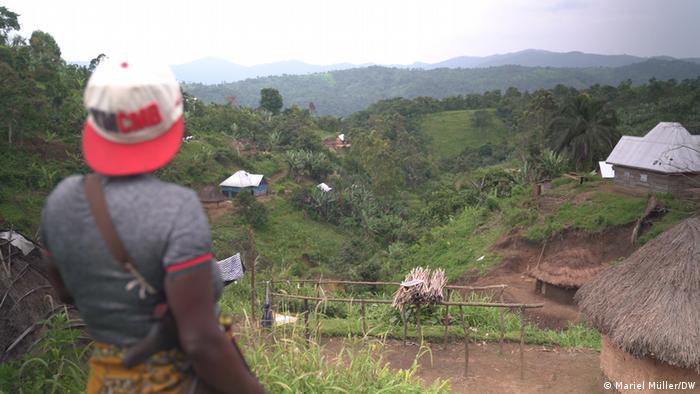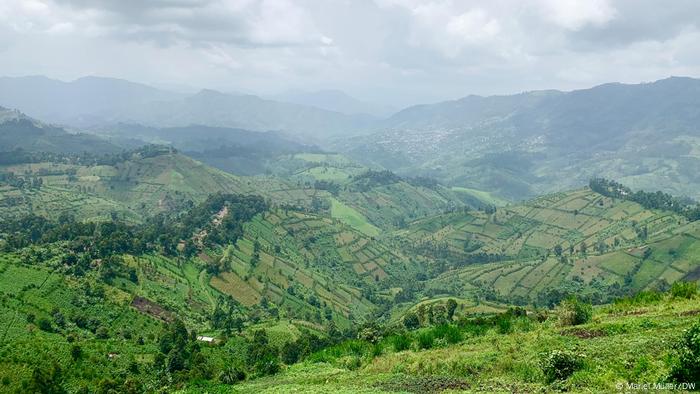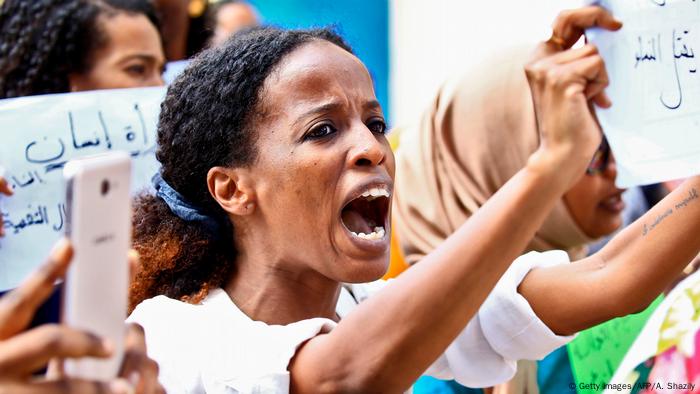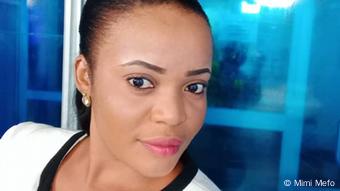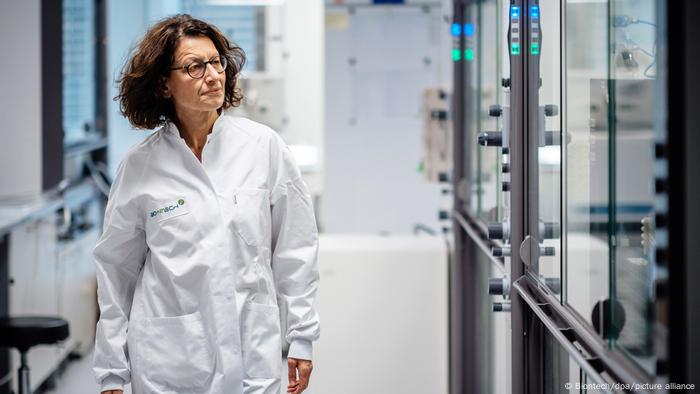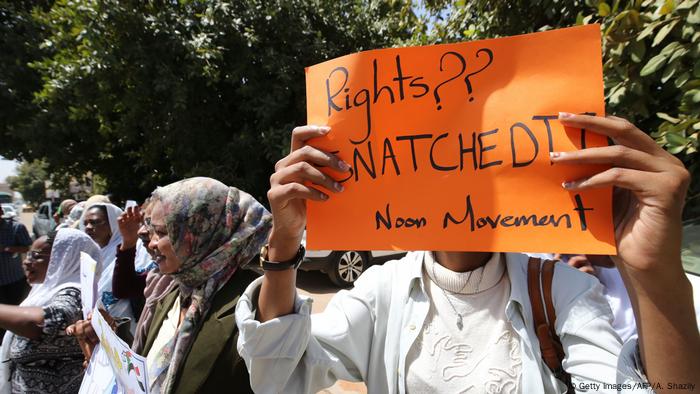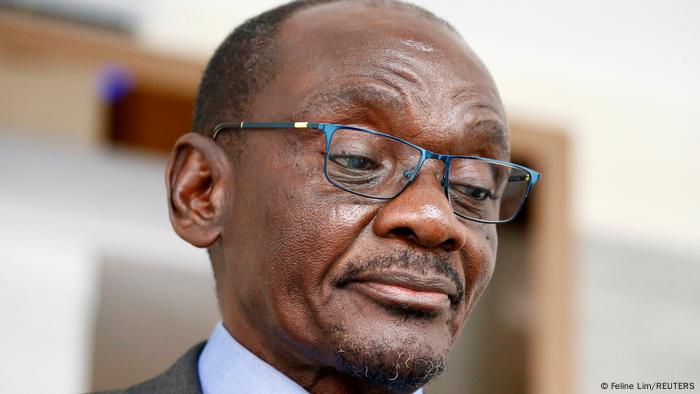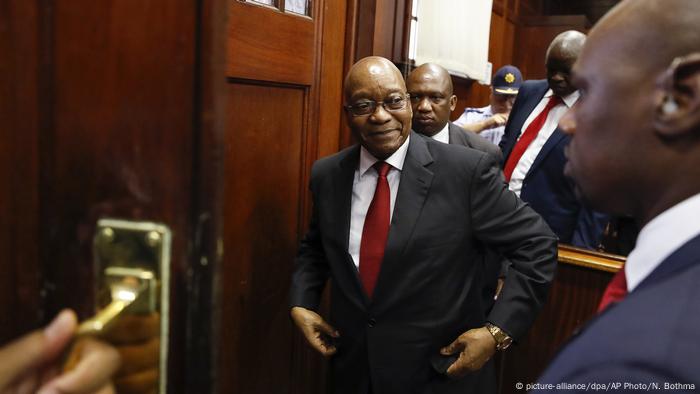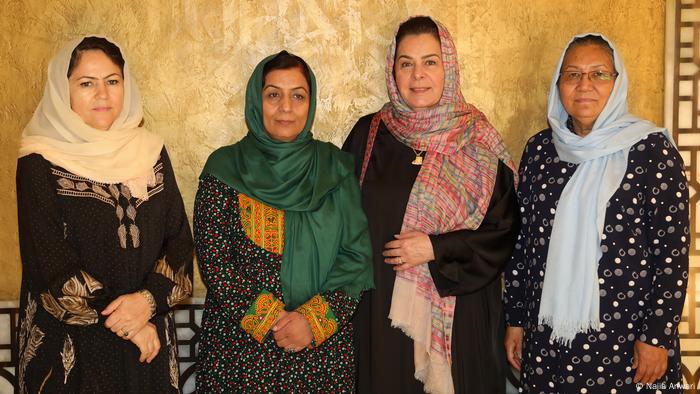 US Vice President Kamala Harris, addressing European MPs via video link on International Women's Day Aris Oikonomou AFP
US Vice President Kamala Harris, addressing European MPs via video link on International Women's Day Aris Oikonomou AFPThe coronavirus pandemic and ensuing economic and political turmoil have sharpened the challenges facing women as they demand equal rights, three of the world's most influential female leaders warned Monday.
US Vice President Kamala Harris, New Zealand's Prime Minister Jacinda Ardern and EU chief Ursula von der Leyen addressed the European Parliament on International Women's Day.
"Simply put, our world does not yet work for women as it should," Harris, the first woman and the first American of African and Asian descent to serve as US vice-president, told MEPs.
"COVID-19 has threatened the health, the economic security, and the physical security of women everywhere," she warned in a video address recorded in Washington.
"At the same time, women comprise 70 percent of the global health workforce, putting them on the front lines and at risk of contracting the virus," Harris said.
"Women working in often overlooked sectors have been hit the hardest, especially those working in low wage jobs, and those working in the informal economy," she said.
"Meanwhile, quarantine measures have meant that women have shouldered an increased burden at home as they care for children day and night."
From New Zealand, Ardern warned that "no country is safe until every country is safe" and that the coronavirus vaccination drive must reach 7.8 billion women and men around the world.
"Women are at the forefront of fighting the COVID crisis," she said.
"They are amongst the doctors, nurses, scientists, communicators, caregivers and frontline and it seemed to workers who faced the devastations and challenges of this virus every day."
- Pay gap -
Von der Leyen, the first woman to head the EU executive, touted her plans to insist on transparency and in hiring and salaries to incite European companies to close the gender pay gap.
"Let's have a look at what women have endured and 12 months of pandemic," she said, citing "female doctors and nurses, working double shifts. for entire weeks and months".
She praised female entrepreneurs, and "mothers of locked-down children who've had to learn the toughest and most amazing job in the world with no support from the outside world".
Von der Leyen complained that women in Europe are paid 14 percent less than men and only 67 percent are in paid work, compared to 78 percent of men. "This is simply not acceptable," she said.
"We have to remove the obstacles on the path towards equality. We have to strive for equal opportunities," she said, to applause from the parliament, where men account for 60.5 percent of the MEPs.
© 2021 AFP

